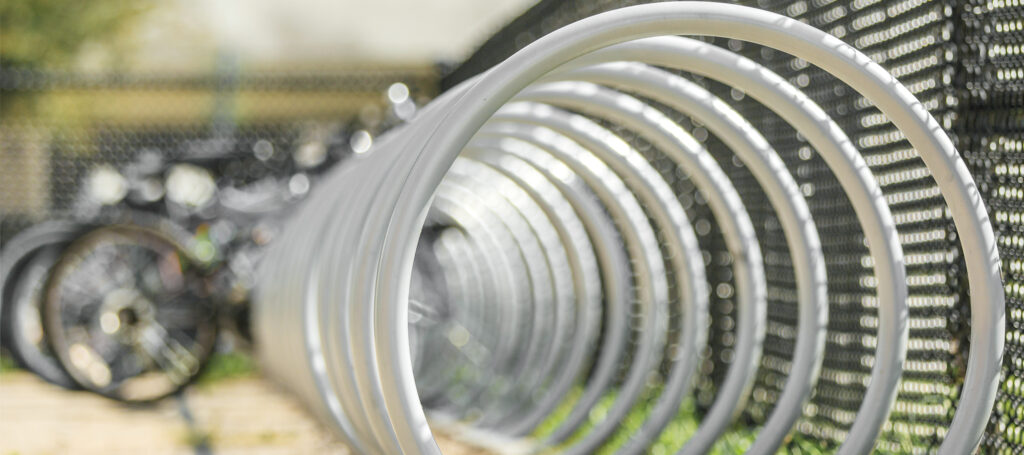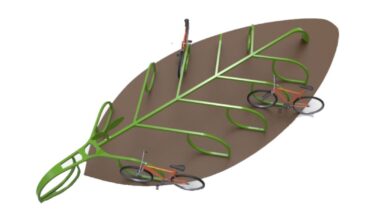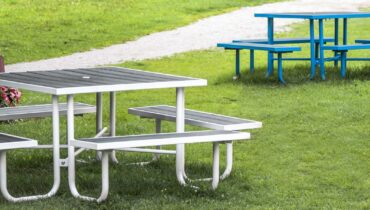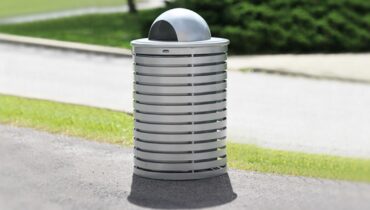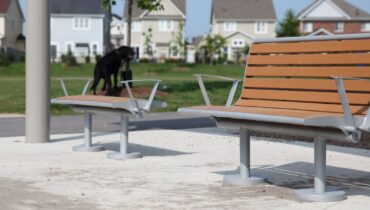Stainless Steels - Canaan Site Furnishings
The story began during World War I when a large number of guns were needed. However, due to the limitation of technology growth, the British army was suffering from critical barrel rust and wear problems. To overcome this issue, the ordnance factory entrusted metallurgical expert Harry Brearley to develop wear and rust-resistant alloy. Brearley tried adding various elements to steels and never got expected results. Once, he mixed chromium to steelmaking raw material and obtained a new type of material with a shiny surface, unfortunately, when he made it into a gun for the shooting test, the material was too brittle for guns. Later someday, Brearley found several fragments of steel that were mixed with chromium still bright and shinny among rusted iron pieces. Experiments found that these chromium steels were not easy to rust in the sun and rain, and they were not as weak as ordinary steels were when placed in an acid or alkali environment. Although this new material was too expensive and brittle to make gun barrels, it was good for making knives, forks, and tableware, etc.
Stainless steel is classified into chromium, chromium-nickel, and chromium manganese nitrogen stainless steel based on the chemical composition; It can be categorized into free cutting, non-magnetic, low-temperature, and high-strength stainless steel according to its functional characteristics; It is itemized into the martensitic, ferritic, austenitic, duplex, and precipitation hardening stainless steel based on the metallographic structure.
Martensitic Stainless Steel
High carbon proportion brings martensitic stainless steel a higher strength, hardness, and wear resistance, but weaker regarding anti-corrosion. It’s majorly used to make parts and components for meeting high mechanical property standards but general anti-corrosion requirements. Such as spring, turbine blade, and hydraulic press valve, etc.
Ferritic Stainless Steel
Ferritic stainless steel refers to stainless steel which chromium composition is between 15% – 30%. Toughness is directly proportional to the number of chromium, and the ability of anti-chloride stress corrosion is better than other types. High chromium has made it greater in anti-corrosion and anti-oxidation but weaker in mechanical property and processability. Widely applied for acid-resistant structures with less stress and used as anti-oxidation steels. For example, it’s used to make equipment for producing nitric acid and for food factories, or make parts that can operate at high temperatures.
Austenitic Stainless Steel
We call stainless steels with chromium over 18%, about 8% nickel, and slight aluminum, titanium, and nitrogen austenitic stainless steels, which can resist corrosions from multiple mediums. Austenitic stainless steel has very good ductility, toughness, weldability. It’s non-magnetic or weakly magnetic, and very commonly used for making corrosion-resistant containers, equipment lining, pipelines, anti-nitric acid parts, etc.
Duplex Stainless Steel
Duplex stainless steel has the nature of both austenitic and ferritic stainless steel, and superplastic. It is tougher, with better weldability and intergranular corrosion resistance than ferritic stainless steel. No brittleness at room temperature and with higher strength, chloride stress corrosion resistance than austenitic stainless steel. It also has better anti-pitting performance.
Precipitation Hardening Stainless Steel
The primary structure of precipitation hardening stainless steel was made of austenitic and martensitic organizations. This type of stainless steel can be strengthened and hardened through precipitation hardening treatment.
Characteristics of Stainless Steels
- weldability
- Anti-corrosion
- Heat-resistance
- Polishing
Stainless steels are applied widely and commonly in construction, food processing, catering, brewing, chemistry, and medical field, etc. To the site furniture industry that Canaan serves in, outdoor stainless-steel furniture is often scribbled and must stand the test of changing weather at the same time, so the easy cleaning feature has made stainless steel the most preferred material.
